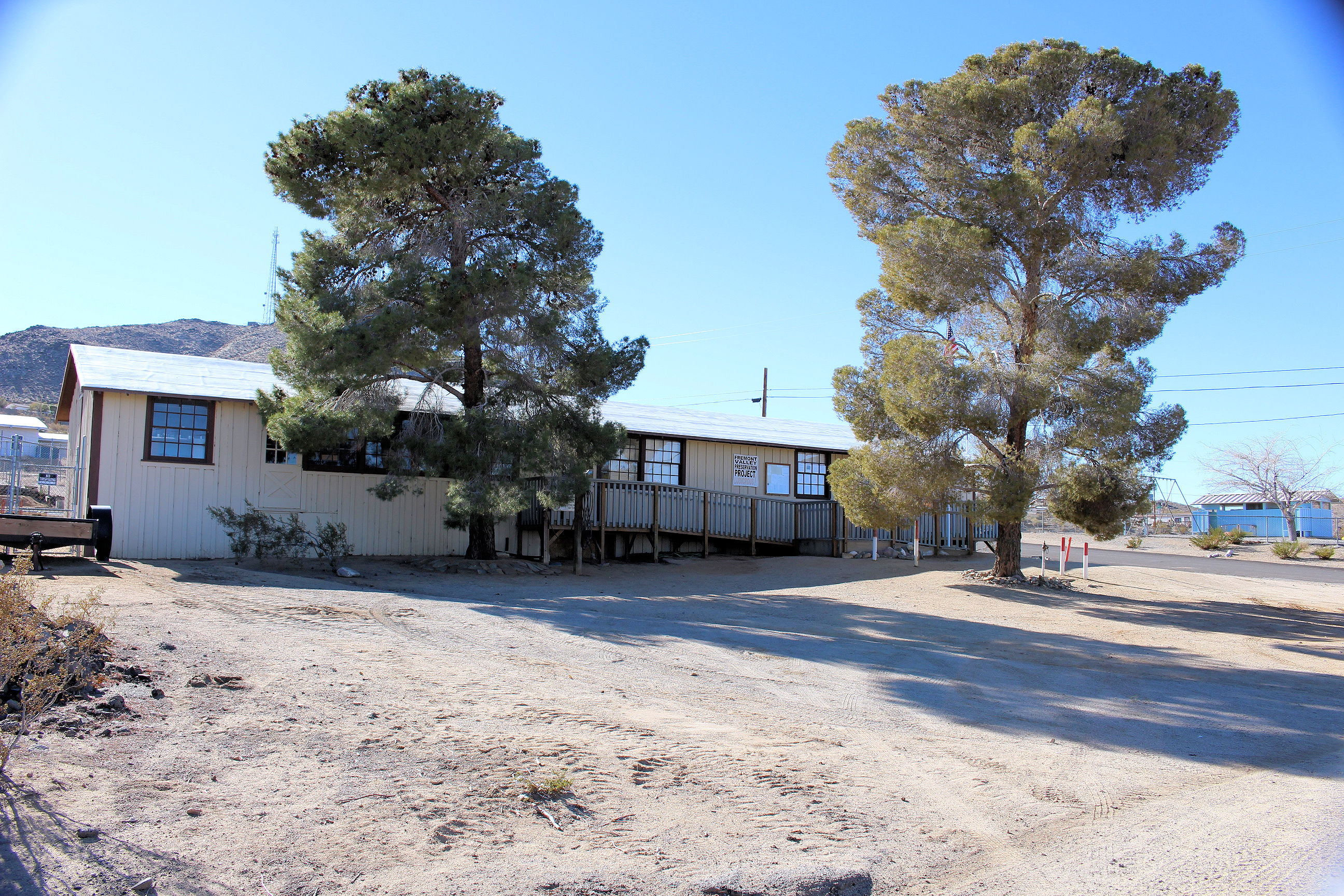
Welcome to the
Rand Communities Water District Website!
We are situated in the high desert area of Southern California in beautiful Johannesburg. We serve great tasting water to the communities of Randsburg, Johannesburg, Red Mountain and Atolia.
We accept in-person payments through the window farthest from the office door. The office lobby is closed to the public.
We accept cash, checks, and credit card payments for water bills. We do not accept American Express. You may pay your bill online by clicking the link below. There is also a phone number for taking payments over the phone on the online payment page.
Click on the link below to make credit card or phone payments at any time directly to your water account:
Note: Credit Card and Debit Card payments incur a 2.8% processing fee.

5
Directors
1
Awards Won
272
Active Meters
1969
Established
3
Employees
News and Events
Board Meetings
REGULAR BOARD MEETINGS
The next regular board meeting will be:
April 11, 2024 at 5:00 PM PST
(Please note meeting time change)
SPECIAL BOARD MEETINGS
April 4, 2024 at 5:00 PM PST
WATER OUTAGES
EMERGENCY OUTAGES
There are no outages at this time
PLANNED OUTAGE
There are currently no planned outages
Average Well Arsenic Levels
California Standard MCL for Arsenic is 10 ppb (parts per billion)
Prather Well 2 – 8.6 ppb average (main well supplying water).
Prather Well 1 – 23 ppb average (standby well).
The wells meet the required levels for all other tests.
Hearings
None at this time.
Arsenic Remediation Project Status
Officially, funding for completed construction of a well, an additional storage tank for mixing, and another pump which included the replacement of existing pipeline, closed on the March, 31, 2022. RCWD is working closely with the State Water Resources Control Board to overcome serious project issues and failed deadlines.
Kern County Grand Jury Reports
Please click on the links below:
Grand Jury Final Report for FY 2018-19
Grand Jury Report
Grand Jury Response Letter


